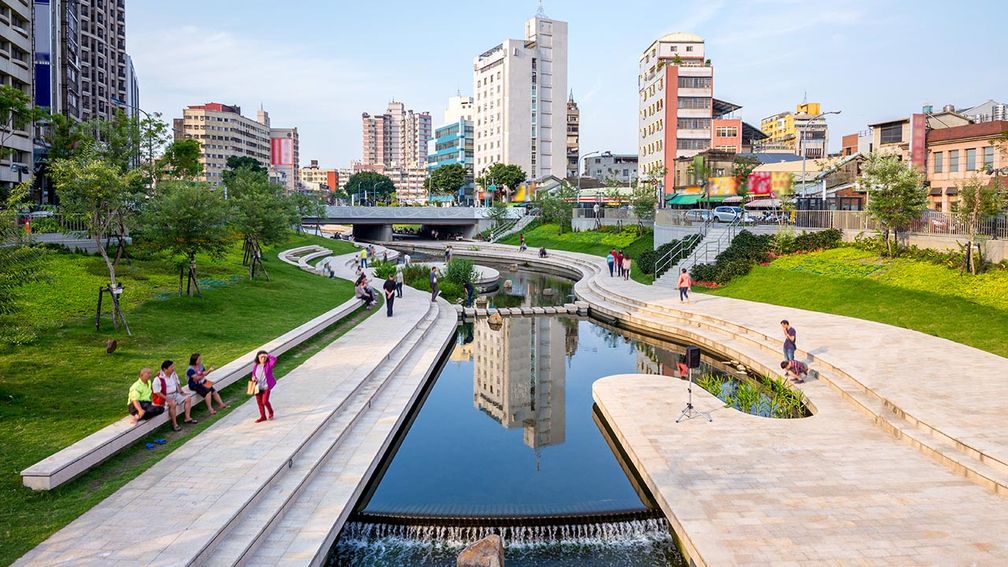In 2025, Singapores property market stands at a crossroads, heavily influenced by a tapestry of government policies designed to regulate growth, stabilize prices, and ensure housing affordability. As the nation grapples with rapid urbanization, escalating demand, and a fluctuating global economy, the implications of these policies reverberate through the housing landscape.
Significant measures, ranging from tighter loan-to-value ratios to enhanced cooling measures, have not only reshaped buyer behavior but have also sparked debates among economists and investors alike. As we delve into this intricate web of regulations, we uncover the multifaceted effects on property prices and explore how government interventions can either bolster or impede market dynamics.
In this context, understanding the interplay between policy and pricing is crucial for anyone navigating the vibrant yet unpredictable Singapore real estate arena.
Current Government Policies Affecting Real Estate

As Singapore navigates the evolving landscape of 2025, various government policies are poised to significantly influence the real estate sector. The introduction of tighter regulations aimed at curbing speculative investments stands out as a pivotal measure; buyers are now facing stricter loan-to-value ratios.
Furthermore, the governments commitment to increasing housing supply through the development of new HDB flats seeks to balance demand, which in recent years has surged. Meanwhile, measures to enhance sustainability—such as the Green Mark incentive for developers—are reshaping market expectations regarding future properties.
These dynamic policies, combined with socio-economic factors like demographic shifts and foreign investment restrictions, create an intricate web that influences property prices, potentially leading to both opportunities and challenges for homebuyers and investors alike. In this fast-paced environment, staying abreast of policy shifts is crucial for anyone looking to understand the trajectory of Singapores real estate market.
Supply-Side Policies and Housing Developments

Supply-side policies play a pivotal role in shaping housing developments in Singapore, particularly as the nation navigates the dynamic landscape of its property market in 2025. With the governments focus on increasing the supply of affordable housing, initiatives such as the Construction Productivity Roadmap and zoning reforms have spearheaded a wave of new developments aimed at addressing the pressing demand.
These measures not only incentivize private developers to accelerate construction but also seek to enhance collaboration between the public and private sectors. As a result, the influx of new residential projects could ultimately stabilize property prices, creating a more balanced market.
Furthermore, the introduction of innovative financing schemes for developers, coupled with streamlined approval processes, adds layers of complexity to how these supply-side initiatives impact the overall housing landscape. Amidst these changes, investors and homebuyers alike are keenly watching the shifting tides, pondering the implications on market dynamics and future valuation trends.
Demand-Side Measures: Cooling Off the Market

In 2025, Singapores real estate landscape saw a dramatic shift as the government implemented a series of demand-side measures aimed at cooling off an overheated market. Striking a balance between fostering homeownership and curbing speculative investments, these policies included elevated stamp duties for foreign buyers and higher thresholds for mortgage approvals.
The ripple effect was palpable, with many potential homeowners hesitating, caught in a whirlwind of uncertainty. As property prices began to stabilize, the once frenzied bidding wars that characterized earlier years gave way to a more cautious approach among buyers, who started to weigh their options more carefully.
Simultaneously, the heightened costs associated with investment properties stirred debates on affordability and accessibility, raising a crucial question: could these measures sustain a more balanced market in the long run, or would they inadvertently stifle growth? As the year unfolded, these demand-side interventions revealed both challenges and opportunities, reshaping the trajectory of Singapore’s real estate market in unforeseen ways.
Conclusion
In conclusion, the intertwining of government policies and property prices in Singapore reflects a complex but crucial dynamic that shapes the real estate landscape. As we look towards 2025, initiatives aimed at enhancing housing affordability, sustainability, and urban development will undoubtedly continue to influence market trends.
The ongoing efforts to stimulate the economy while managing inflation will create a unique environment for buyers and investors alike. Notably, developments like river green condo exemplify how government regulations can drive innovation in the housing sector, creating attractive living options that cater to evolving consumer preferences. Ultimately, understanding these policies will be essential for stakeholders aiming to navigate the ever-changing property market in Singapore.


